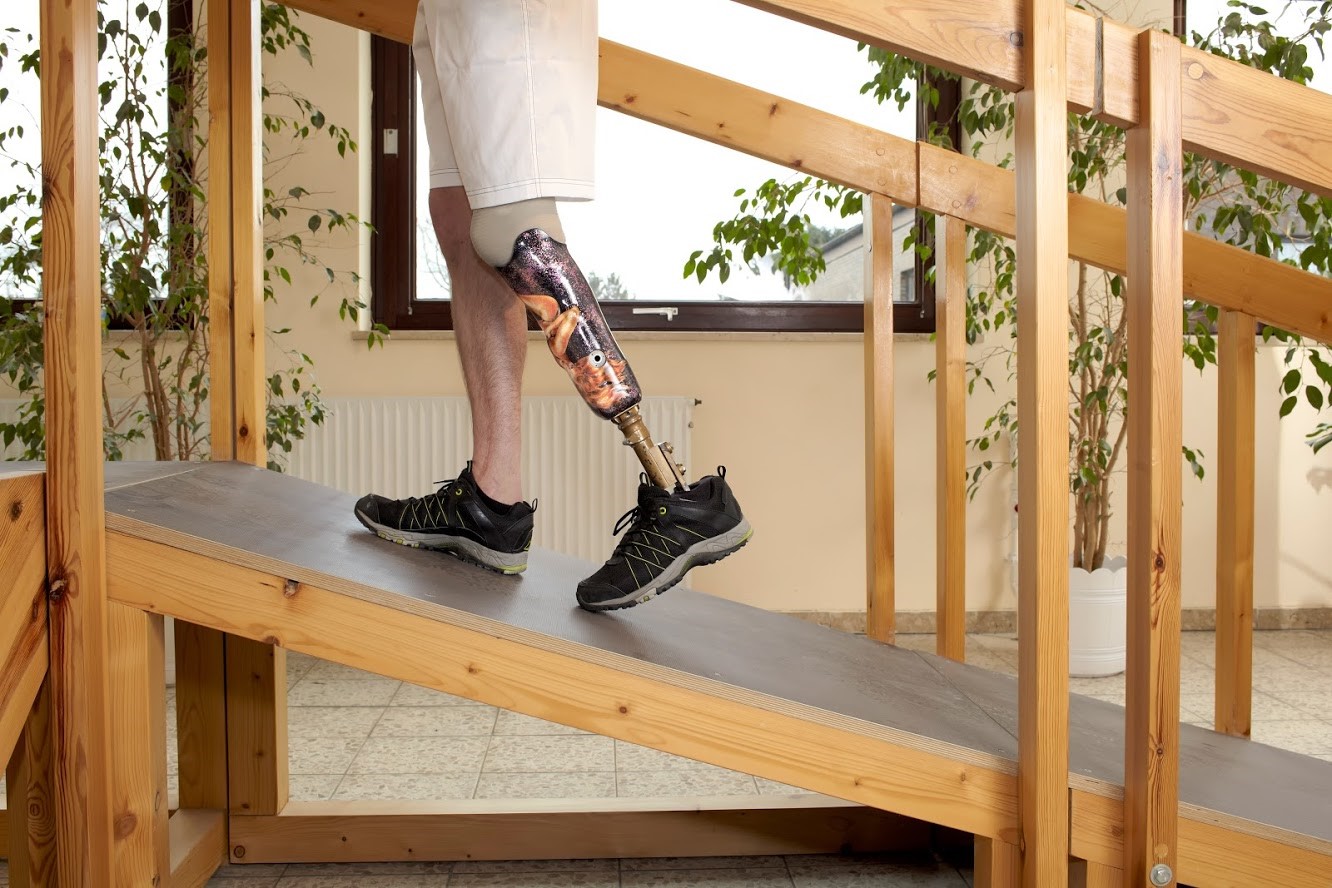Advancements in prosthetic technology have transformed the lives of elderly amputees, offering them renewed mobility and independence. For many older adults, the loss of a limb can be a significant setback, impacting their ability to perform everyday activities and diminishing their quality of life. However, modern prosthetics, combined with comprehensive rehabilitation programs, are helping elderly amputees reclaim their autonomy and improve their overall well-being.
Enhancing Mobility and Independence
Mobility is a critical aspect of maintaining independence, particularly for elderly individuals. Prosthetic limbs are designed to restore movement and functionality, allowing elderly amputees to walk, climb stairs, and engage in various physical activities. Modern prosthetics are lightweight, durable, and tailored to fit the user’s specific needs, making them more comfortable and easier to use.
For elderly amputees, the ability to move freely can significantly enhance their quality of life. Prosthetic legs, for instance, enable users to perform daily tasks such as shopping, gardening, and socializing with friends and family. This newfound mobility can reduce the risk of isolation and depression, common issues among elderly amputees who struggle with limited movement.
Technological Advancements in Prosthetics
The field of prosthetics has seen remarkable technological advancements in recent years. Innovations such as microprocessor-controlled knees and ankles, advanced socket designs, and myoelectric prosthetics have revolutionized the way prosthetic limbs function.
Microprocessor-controlled knees and ankles provide adaptive responses to various walking speeds and terrains, enhancing stability and reducing the risk of falls. These devices can automatically adjust to the user’s movements, offering a more natural gait and increased confidence while walking.
Myoelectric prosthetics, which use electrical signals from the user’s muscles to control the artificial limb, have significantly improved the functionality of prosthetic arms and hands. These advanced prosthetics allow elderly amputees to perform intricate tasks such as gripping objects, typing, and cooking with greater ease and precision.
Addressing Health and Safety Concerns
Elderly individuals often face additional health challenges that can complicate the use of prosthetics. Conditions such as diabetes, arthritis, and cardiovascular disease can impact the healing process and the ability to adapt to a prosthetic limb. Rehabilitation centers and healthcare providers play a crucial role in addressing these concerns and ensuring the safety and well-being of elderly amputees.
Customized rehabilitation programs are designed to cater to the specific needs of elderly amputees, taking into account their overall health and fitness levels. Physical therapists work with patients to develop strength, balance, and coordination, which are essential for using prosthetics effectively. Regular follow-up appointments and adjustments to the prosthetic device ensure that it continues to fit well and function optimally as the patient’s condition changes.
Psychological and Emotional Support
The loss of a limb can be a traumatic experience, particularly for elderly individuals who may already be coping with other age-related challenges. The psychological and emotional impact of amputation can be profound, leading to feelings of grief, anxiety, and depression. Prosthetics not only restore physical functionality but also play a vital role in improving mental health and emotional well-being.
Rehabilitation centers provide comprehensive psychological support to help elderly amputees cope with the emotional aspects of limb loss. Counseling services, support groups, and peer mentoring programs offer a safe space for individuals to share their experiences, express their emotions, and receive encouragement from others who have gone through similar challenges.
The ability to regain independence and participate in social activities can significantly boost an elderly amputee’s self-esteem and sense of purpose. Engaging in hobbies, volunteering, and staying active in the community are essential for maintaining mental health and a positive outlook on life.
Social and Community Integration
Prosthetics not only enhance physical capabilities but also facilitate social and community integration for elderly amputees. Being able to move independently allows individuals to participate in social gatherings, family events, and community activities. This social engagement is crucial for preventing loneliness and promoting a sense of belonging.
Community programs and organizations often offer resources and support specifically for elderly amputees. These programs may include recreational activities, educational workshops, and social events designed to foster connections and provide opportunities for skill development. Engaging with peers and participating in group activities can help elderly amputees build a strong support network and improve their overall quality of life.
Financial Considerations and Accessibility
While the benefits of prosthetics for elderly amputees are undeniable, the cost and accessibility of these devices can be a concern. High-quality prosthetics, particularly those with advanced technological features, can be expensive. Insurance coverage, financial assistance programs, and charitable organizations play a vital role in making prosthetics more accessible to elderly individuals who may be on fixed incomes.
Healthcare providers and rehabilitation centers work to ensure that elderly amputees receive the necessary information and support to navigate the financial aspects of obtaining a prosthetic limb. This may include assistance with insurance claims, referrals to funding programs, and guidance on selecting the most cost-effective and suitable prosthetic options.
The Future of Prosthetics for Elderly Amputees
The future of prosthetics for elderly amputees looks promising, with ongoing research and development aimed at further improving the functionality, comfort, and affordability of these devices. Innovations such as 3D printing technology are making it possible to create customized prosthetics more quickly and cost-effectively. Additionally, advancements in materials science are leading to the development of lighter and more durable prosthetic components.
As the population of elderly individuals continues to grow, the demand for effective prosthetic solutions will also increase. Continued investment in research, education, and healthcare infrastructure is essential to ensure that elderly amputees have access to the best possible care and support.
Conclusion
Prosthetics are playing a transformative role in the lives of elderly amputees, offering them the opportunity to regain mobility, independence, and a sense of normalcy. Technological advancements, coupled with comprehensive rehabilitation and support services, are making it possible for elderly individuals to overcome the challenges of limb loss and lead fulfilling, active lives. As we look to the future, it is essential to continue prioritizing the needs of elderly amputees, ensuring that they have access to the resources and support necessary to thrive.



